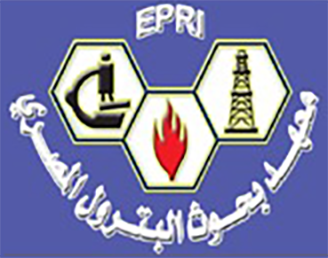Article Type
Research Paper
Abstract
In oil and gas industry, completion fluid is always needed for any field operation activities related to well completion, maintenance, and various production operations aimed at overcoming formation pressure during the activities. Recent decades have witnessed efforts to establish completion fluids that perform not only well in their primary function but also have the ability to prevent adverse effects on productive formations such as formation damage. Accordingly, one of the most important features of the fluids to substitute for traditional drilling mud is being solid-free. Numerous research and studies have been carried out through the utilization of various salts and additives. This study is focused on the use of nitrate-based salts that exhibit excellent solubility. In the effort to establish the best formula for the nitrate-based completion fluid, combinations between calcium- and sodium-nitrates, an experimental design based on Response Surface Methodology (RSM) model has been used in order to determine the most optimum composition of the two nitrate salts and to observe their interactions through multivariate analysis. Parameters of completion fluid density and occurrence of crystallization are used as the response. Analysis of variance (ANOVA) is employed to evaluate the fit quality of the generated models. The models in general exhibit a strong correlation between observed data and predicted values. The formulation produced has proven reliable to produce fluid density higher than 1.7 g/mL, turbidity below 5 NTU, and no crystallization at room temperature. Additives are used to guarantee the fluid’s quality and stability in unfavourable temperature conditions and extreme pressure changes.
Keywords
completion fluid; alkali nitrate; experimental design; Response Surface Methodology; high density; stability
Recommended Citation
Soekarno, Panca Wahyudi; Tasfiyati, Aprilia Nur; Widarsono, Bambang; Romli, Mohamad; Andreas, Andreas; Nasution, Muhammad Mahlil; Sugihardjo, Sugihardjo; and Surhartono, Rudi
(2025)
"An Effective Approach in the Design of Alkali Nitrate-based Solid Free Completion Fluid using Response Surface Methodology,"
Egyptian Journal of Petroleum: Vol. 34
:
Iss.
2
, Article 5.
Available at: https://doi.org/10.62593/2090-2468.1069
Creative Commons License

This work is licensed under a Creative Commons Attribution-NonCommercial-No Derivative Works 4.0 International License.







